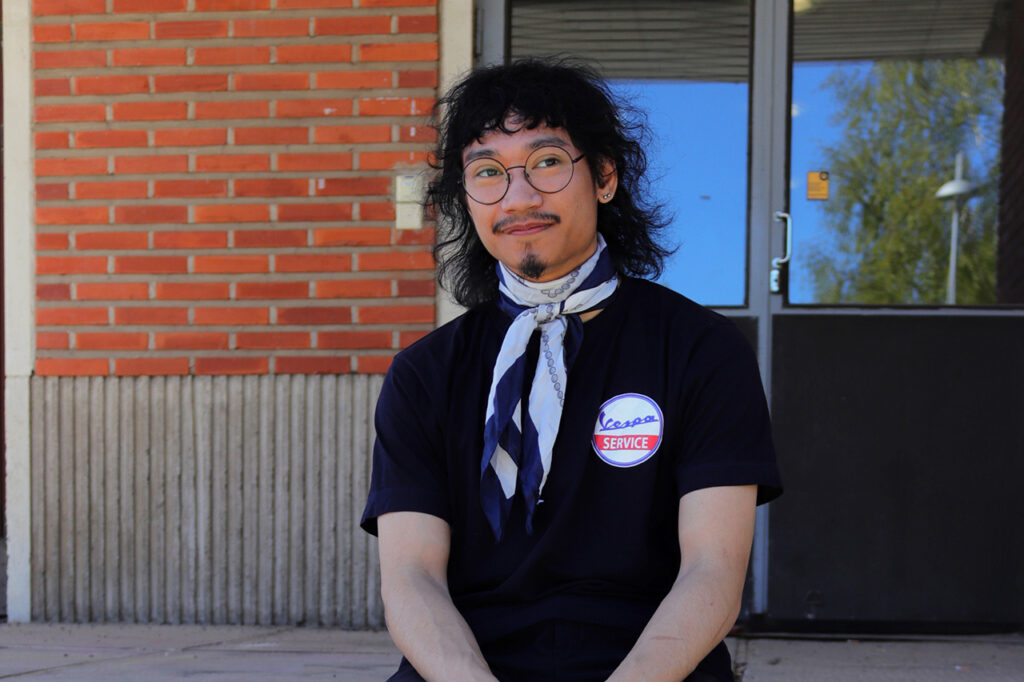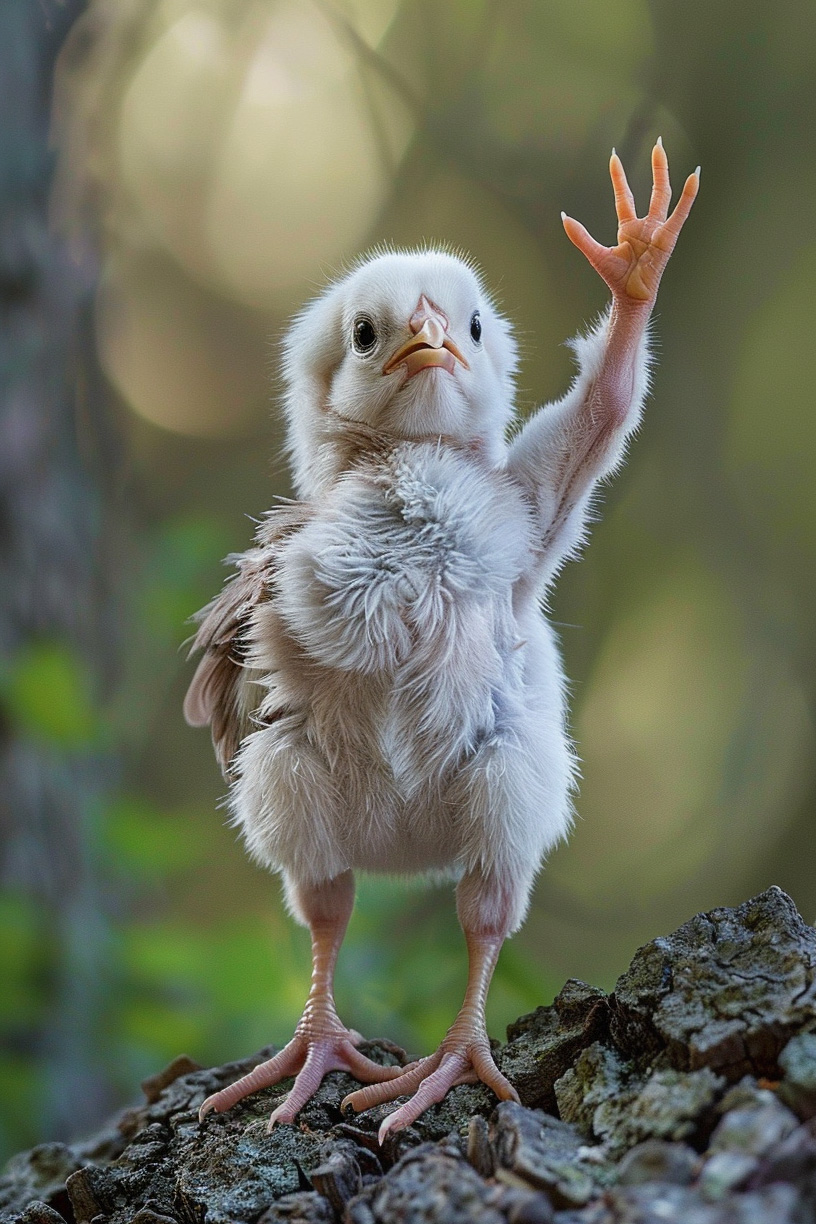I will be fluent in Finnish when cows fly
Photos: AI GENERATED PICTURES FROM MIDJOURNEY BY DOROTA KANUCHOVÁ
Published: 11 Jun, 2024

Imagine a language so complex that it feels like trying to crack an ancient code. A language where words modify and twist in ways that go against logic. That's Finnish for all of us! But as they say "Hyvä kieli kuin hyvä ystävä, kannattaa oppia tuntemaan" – A good language, like a good friend, is worth getting to know.
Let’s start from the beginning, the Finnish language is a Finno-Ugric language, which means that the languages spoken in this group are Finnish, Hungarian, Estonian, and Sámi (spoken by the indigenous people of northern Finland, Sweden, Norway, and northwestern Russia). These languages have some common features that make them logical and methodical, so when you learn them, it makes sense. These features include the absence of gender, the same pronoun is for “she” and “he” and furthermore the absence of articles as well. The words are long due to the structure of the language, personal possessions are expressed with suffixes, postpositions, and prepositions. But even if that sounds like Chinese, I’m not here to do a masterclass on the Finnish language, so I’m going to explain some fun facts and useful, or not-so-useful expressions.
Dots Matter
As a foreigner I started learning the standard way of speaking so that I could learn the basics. I didn’t expect to feel confused when I went to visit other towns and noticed that Finland has regional dialects, a spoken language that sounds like a completely different one, and slangs depending on the place. It’s not very likely that a Finn today would say: Minä pidän sinusta – I like you. If a Finnish person were bold enough to express such feelings in words, they would be more likely to say something like: Mä tykkään susta – I like you in spoken language.
The bright side of the language is that it is pronounced as it’s written, you just need to learn the right pronunciation of the most difficult and similar sound vowels – a / ä / o / ö / y -. But don’t forget the fact that vowels and consonants can be short (one letter) or long (two letters) and the length of it may be changing the meaning of the word completely: lakki – cap / laki – law.
The dots matter in Finnish language, that’s why A and Ä have are separated in the alphabet nain – married / I fucked or näin – I saw, kokko – bonfire and kökkö – shit (colloquial) saari– island / or sääri – leg. These are the first ones that came to my mind and as the most times mistaken when speaking. The dots make a completely different word and meaning.
The Knowledge Machine and the Salmon Snake
Something fun about Finnish language is that takes things literally. There is a long list of words that Finnish took the literal translation of English. A computer is a “knowledge machine” and in Finnish it is tietokone, dice are “lottery cubs” so in Finnish they are called arpakuutiot. And then there is the word Lohikäärme. It means “dragon” but when you translate it literally it means a “salmon snake”. Do not ask why.
Finns are people that care about time and living in the present and it is something that is reflected in the language as well. There is no future tenses, the Finns add words like huomenna - tomorrow, kohta - soon, to aikoa - intend, or kun lehmät lentävät - when cows fly, to specify that the action is happening in the future, or maybe never in the case of the flying cows.
As you might know by now, Finns are mostly shy and people of few words, so they have single words to express full sentences. That way they need to talk even less! If you are peckish, you say söisinköhän which means: “I’m wondering if I should eat something”.
Finns are known to be very straightforward, and they don’t put high emphasis on manners or formality. Something a foreigner struggles a lot with is the lack of the word “please”. Finns use thank you – kiitos whenever it is needed. But from the other hand they are polite in their own way. So when you ask for coffee, saying just kahvia (coffee) is very unpolite and you should go for saisinko kahvia - can I please have some coffee?
As it’s not fair that I just talk about my experience with the Finnish language. I also asked some of my fellow students about their favorite words. I translated them for you and added a phonetics to see how they are pronounced. And to make remembering them easier and more fun, here are some unforgettable illustrations created with AI. Which by the way struggles with the Finnish language as well!
READ MORE
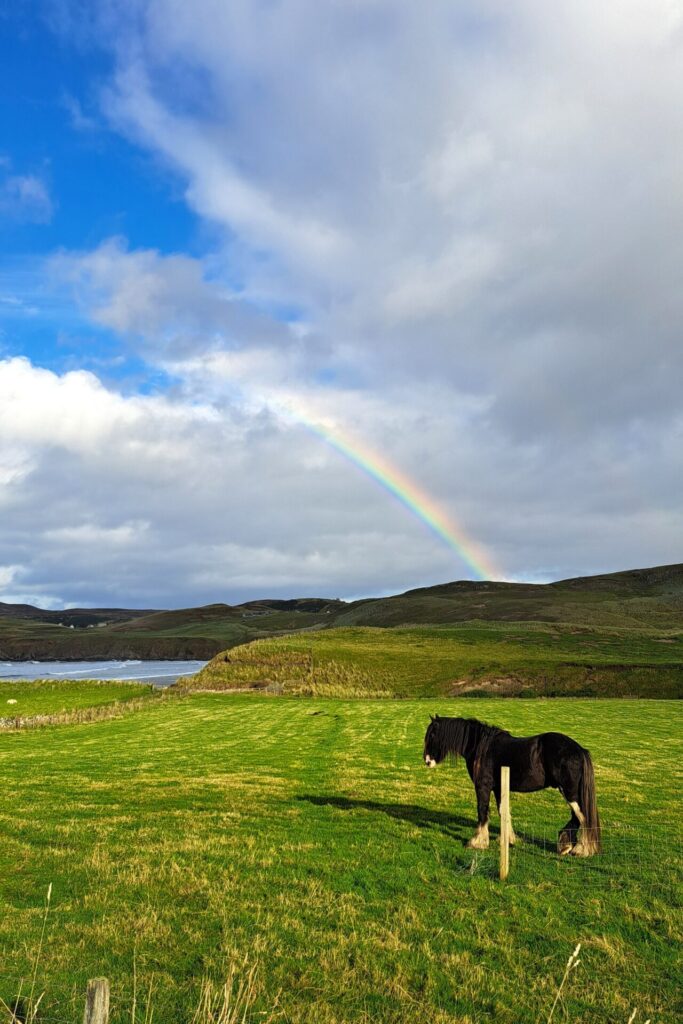
Live, Laugh, Learn – Experience of Studying Abroad

STUDENT BY DAY, CEO BY NIGHT
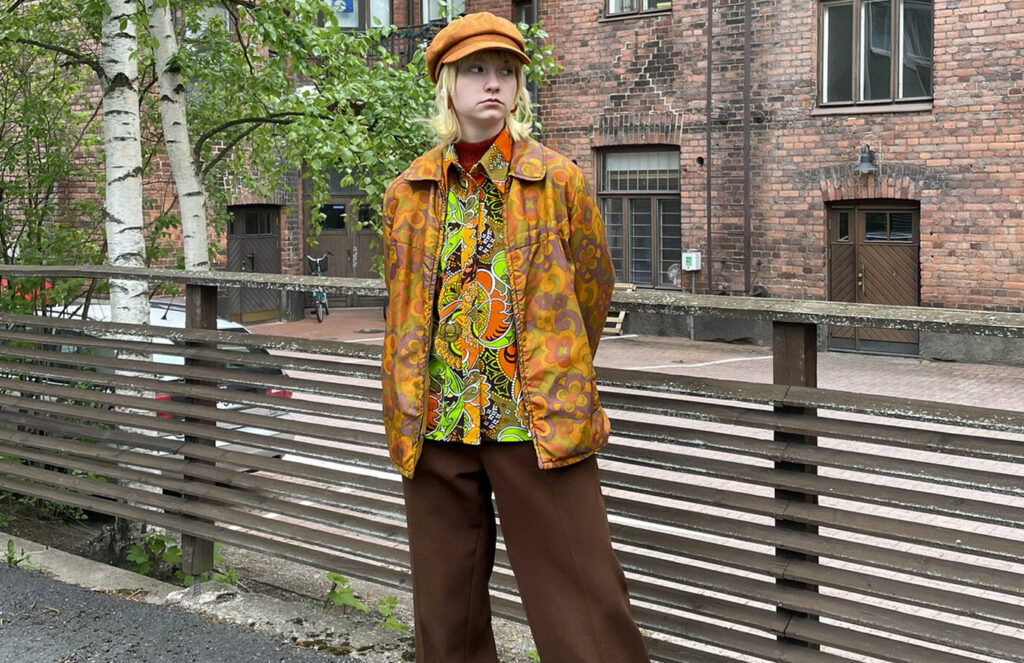
HAMK Looks: A Peek Into Our Students' Unique Styles
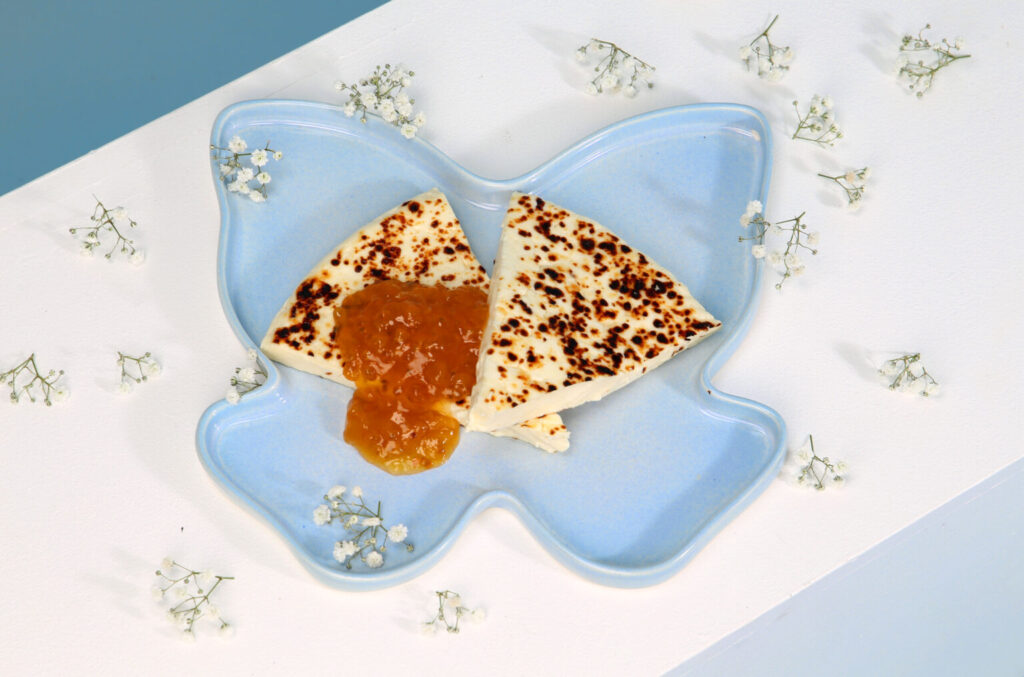
How excited should you be to try Finnish foods?

I will be fluent in Finnish when cows fly
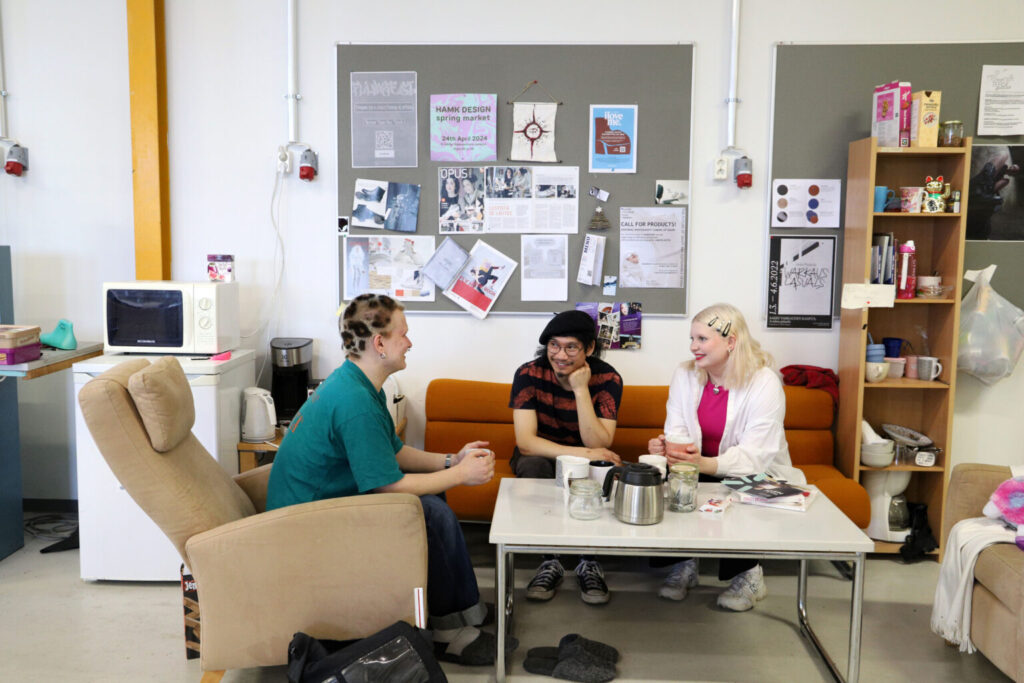
ESPRESSO YOURSELF

Nature, Saunas, and Northern Lights
